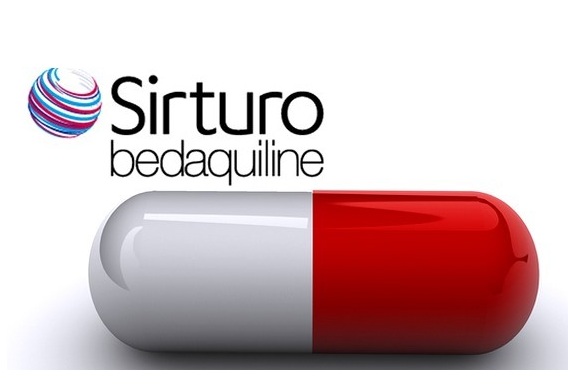
This is a note for implementers providing a general overview and reviewing the steps they need to take in order to access the drug.
Bedaquiline (BDQ) is a powerful new tool for the treatment of patients with drug-resistant TB (DR-TB).
On April 1, USAID launched a Bedaquiline donation program for the treatment of patients with DR-TB. The program will provide 30,000 treatment courses of BDQ to patients in more than 100 countries over a period of four years. This will be a useful addition to country and program strategies for treating DR-TB.
As part of the donation program, countries and organizations can place an order for BDQ through the Stop TB Partnership’s Global Drug Facility. Information on the donation can be found here.
Most countries/programs treating patients for DR-TB meet the WHO recommendations for BDQ introduction but may need some additional support to refine the implementation process.
This note for implementers provides a general overview and reviews the five conditions with short, practical guidance in these areas. Countries and programs must certify they meet the five conditions specified below.
More specific questions can be addressed to [email protected] and [email protected] with a copy to [email protected].
Countries/programs wishing to access the drug should take the following steps from A to H:
A. Ensure you follow the five WHO recommendations for optimal introduction of BDQ
1) Treatment is administered under closely monitored conditions. Countries/programs must have a program for managing drug-resistant TB and have guidelines and protocols for managing patients with DR-TB.
2) Proper patient inclusion: Countries/programs must have a mechanism for reviewing the patients who will receive BDQ. This can be a formal “clinical review committee”/consilium. This might even include a team of local experts to review patients being considered for BDQ use. Countries/programs without such a mechanism can still obtain BDQ and request assistance with the development of a review mechanism.
3) Patient informed consent is obtained: Countries/programs must have a process by which patients are given information about the treatment of DR-TB and sign a document stating they agree to receive treatment.
4) Adherence to the principles of designing a WHO-recommended DR-TB regimen: Countries/programs must adhere to WHO recommendations on designing a DR-TB regimen, if they use BDQ in combination with other medications to treat DR-TB.
5) Pharmacovigilance and proper management of adverse drug reactions: Countries/programs must have a way to assess patients for adverse events, manage adverse events, and to document adverse events in the medical records.
B. Review the background documentation on the program and the order form from the GDF (http://stoptb.org/gdf/drugsupply/procurement_forms.asp).
C. Estimate the number of patients who will benefit from the drug
D. Review the need for other second-line drugs that may be needed to treat patients who will be receiving BDQ, especially other “group 5 drugs” such as linezolid and clofazimine.
E. Review Technical Assistance needs based on the above descriptions
As part of the donation program, USAID has committed to providing technical assistance to countries and programs as well. After reviewing these conditions, countries/programs can request TA in any or all of the areas by writing to [email protected] and [email protected] with a copy to [email protected].
F. Place order for BDQ and other second-line drugs as the turn-around time is likely to be several months, and TA activities can be carried out while awaiting drug arrival.
G. Develop the mechanism for import of BDQ in the country if it is not registered yet
H. Review clinical cases and patient histories to see who would benefit from BDQ
Please note: Although this is a donation program, countries might still need to account for operational costs that could be incurred, including but not limited to freight, insurance among others.
The BDQ Implementation Plan: The WHO recommends countries develop a BDQ implementation plan in which components of BDQ introduction are elaborated. A guide to developing this plan can be found at: http://www.who.int/tb/publications/WHO_BDQimplementationplan.pdf.
Countries/programs can be assisted with development of these plans by contacting [email protected] and [email protected] with a copy to [email protected].